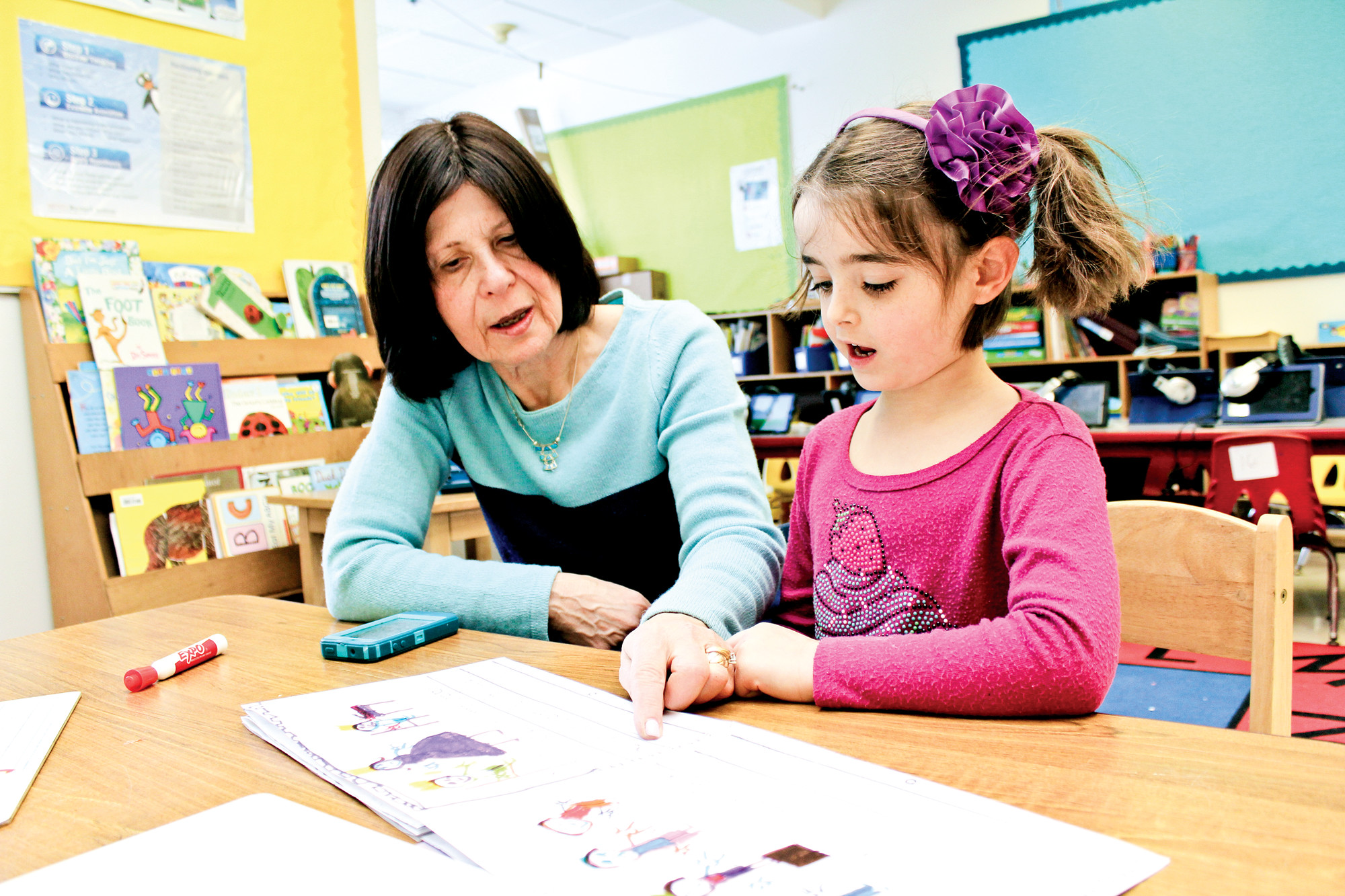Raising achievement
HALB kids and faculty energized by technology-based program
A partnership between the Hebrew Academy of Long Beach and the Manhattan-based Affordable Jewish Education Project has resulted in substantial academic gains for students who attend the kindergarten-through-eighth-grade yeshiva, which is expected to move to the former Number Six School in Woodmere next year.
AJE’s 2 Sigma Education model was implemented in the 2013-14 school year with a pilot program for HALB first-graders. The following year, the program, which combines traditional classroom learning with online instruction — “blended learning,” which allows students to progress at their own pace — included kindergartners and second- and third-graders as well. This school year, which begins on Sept. 8, the program has been expanded to include fourth-graders.
Based on tests taken by the students, which are created by the not-for-profit Northwest Evaluation Association, HALB officials said that those who began the first year of the program ranked below the 25th percentile of students nationally — the low end of achievement — went from the 11th to the 30th percentile in reading, on average, and from the 12th to 51st percentile in math. They also registered major improvements in reading ability and math comprehension, school officials said.
Applying one-on-one and small group classroom instruction, along with real-time data, teachers pinpoint exactly what a students does or doesn’t do well. Identifying knowledge gaps, periodic assessment, clarifying concepts, mastering topics, student participation and positive reinforcement all figure into the program.
“The 2 Sigma model is not a supplementary or occasional initiative; it is a shift in focus that has affected the way each of our students in kindergarten through third grade learned reading and math every single day,” said Rabbi Dovid Plotkin, HALB’s principal. “Our teachers and administrators have been provided with intensive training and support throughout the year, and although the model continues to be improved, it is already the new status quo in our classrooms.”

 47.0°,
Mostly Cloudy
47.0°,
Mostly Cloudy 







